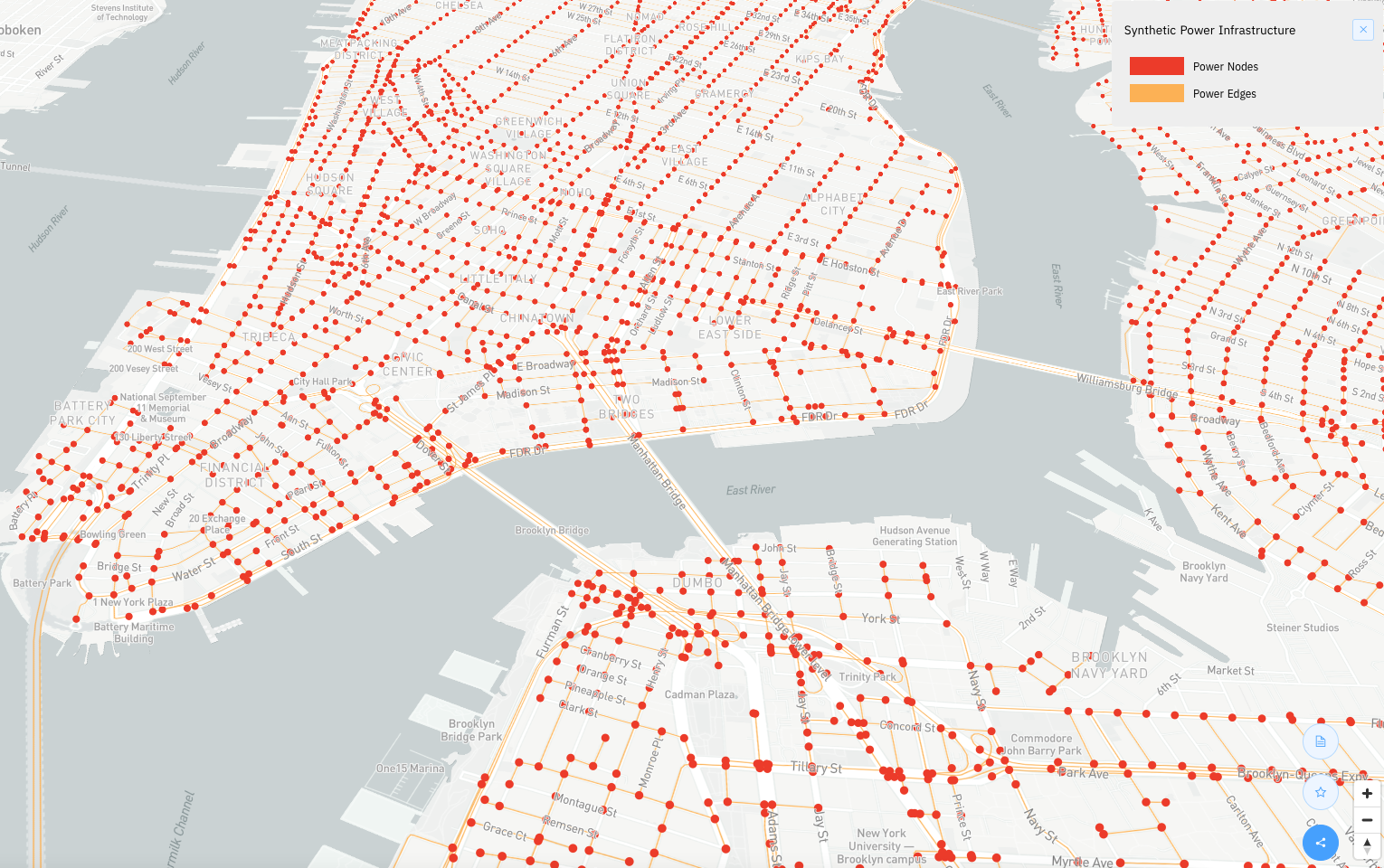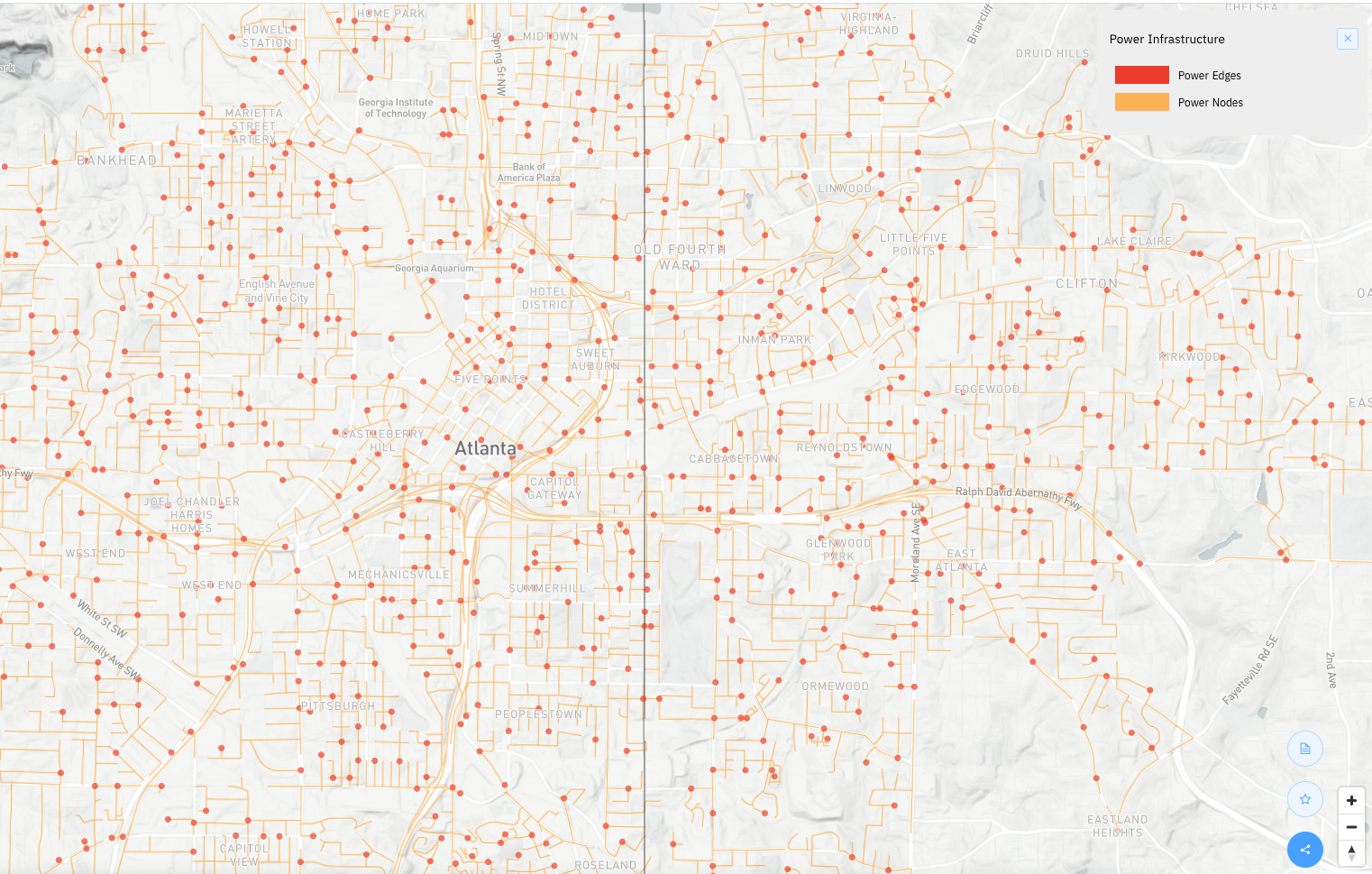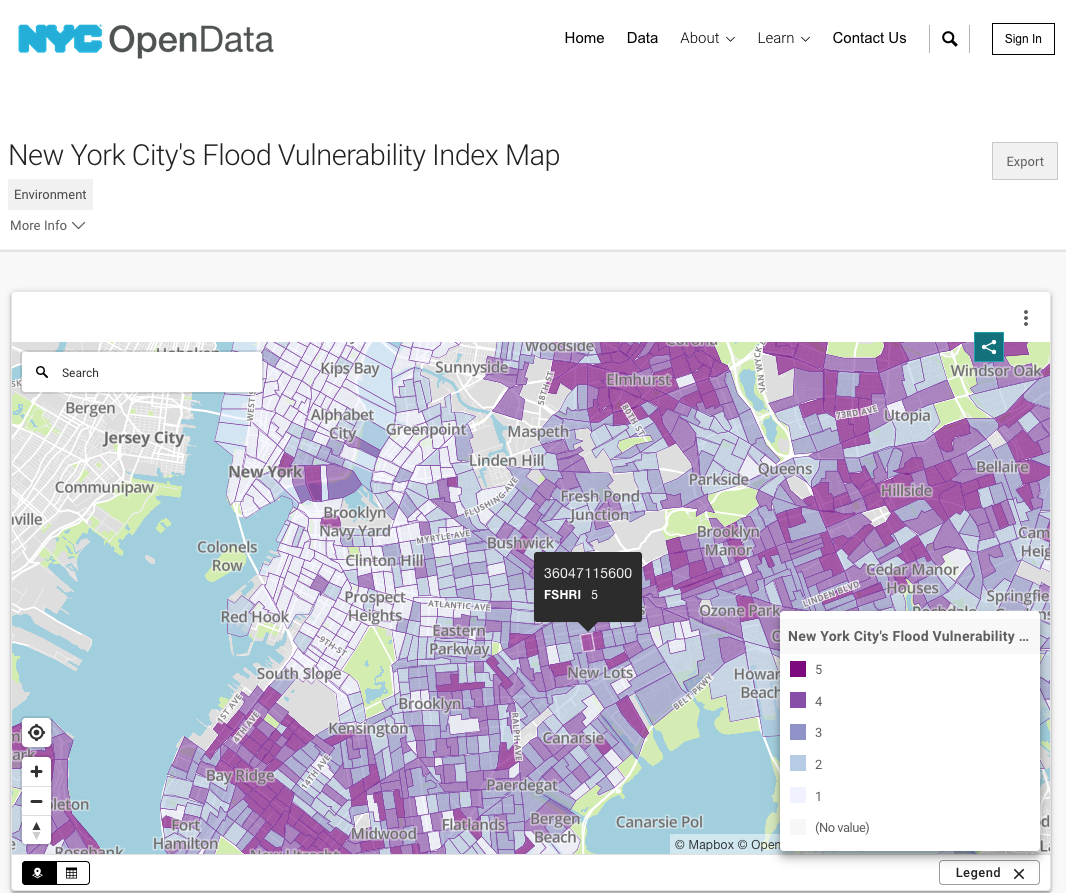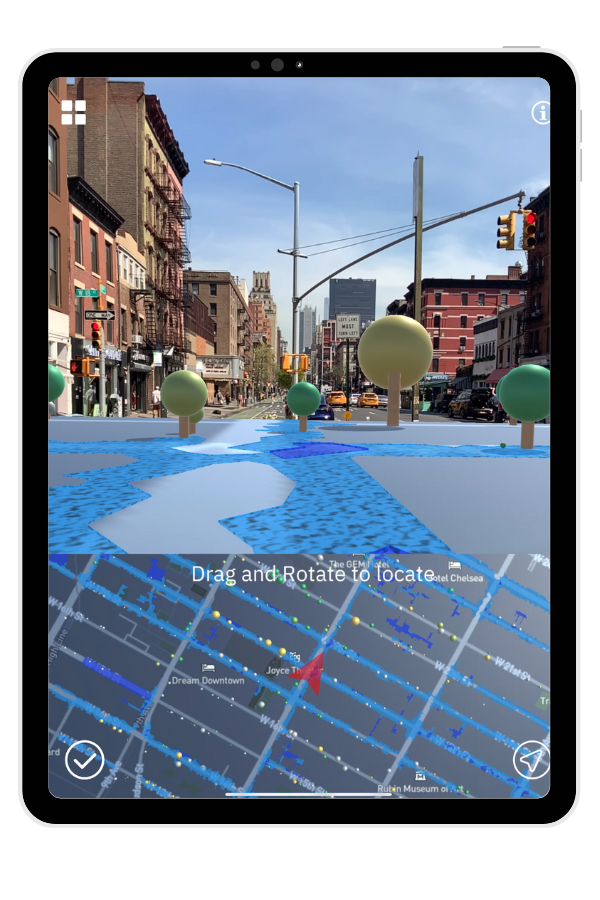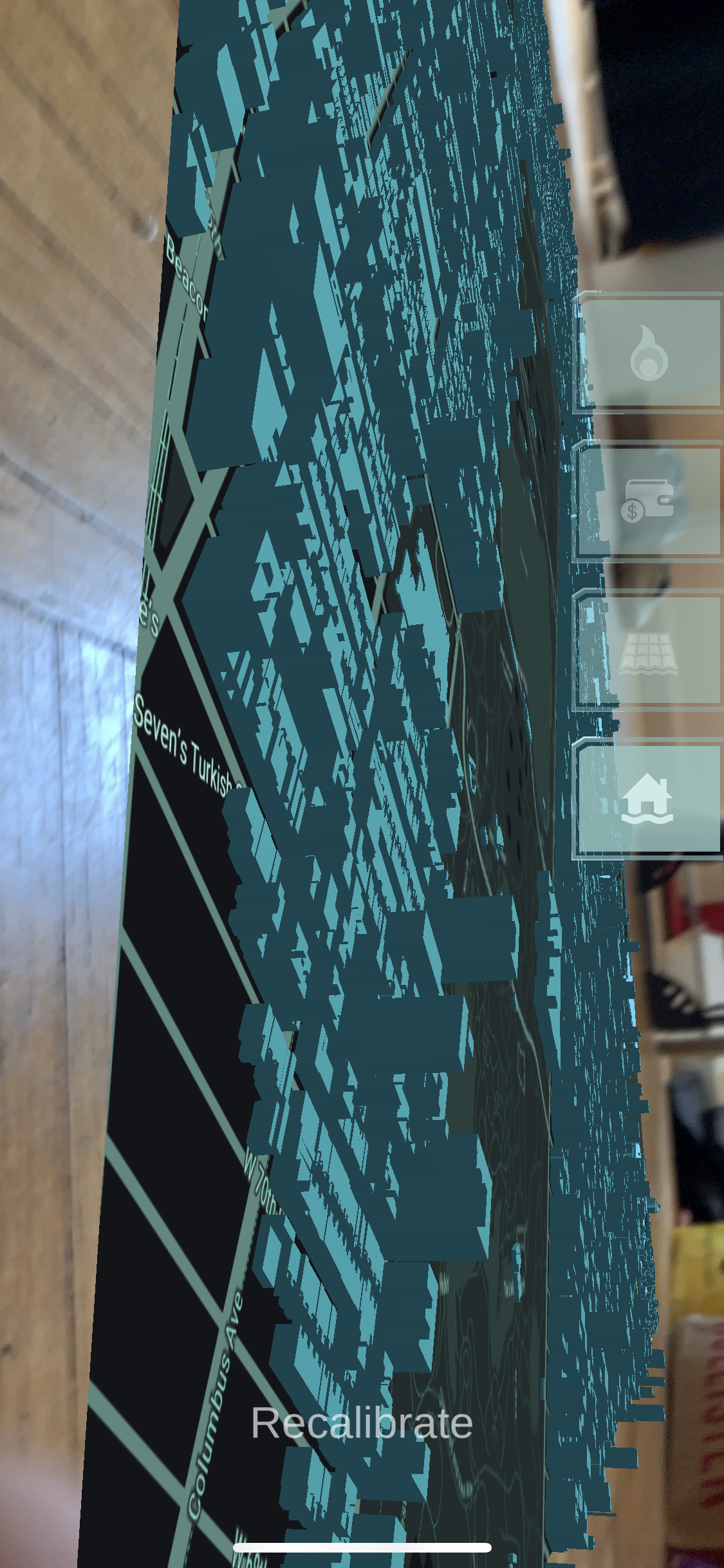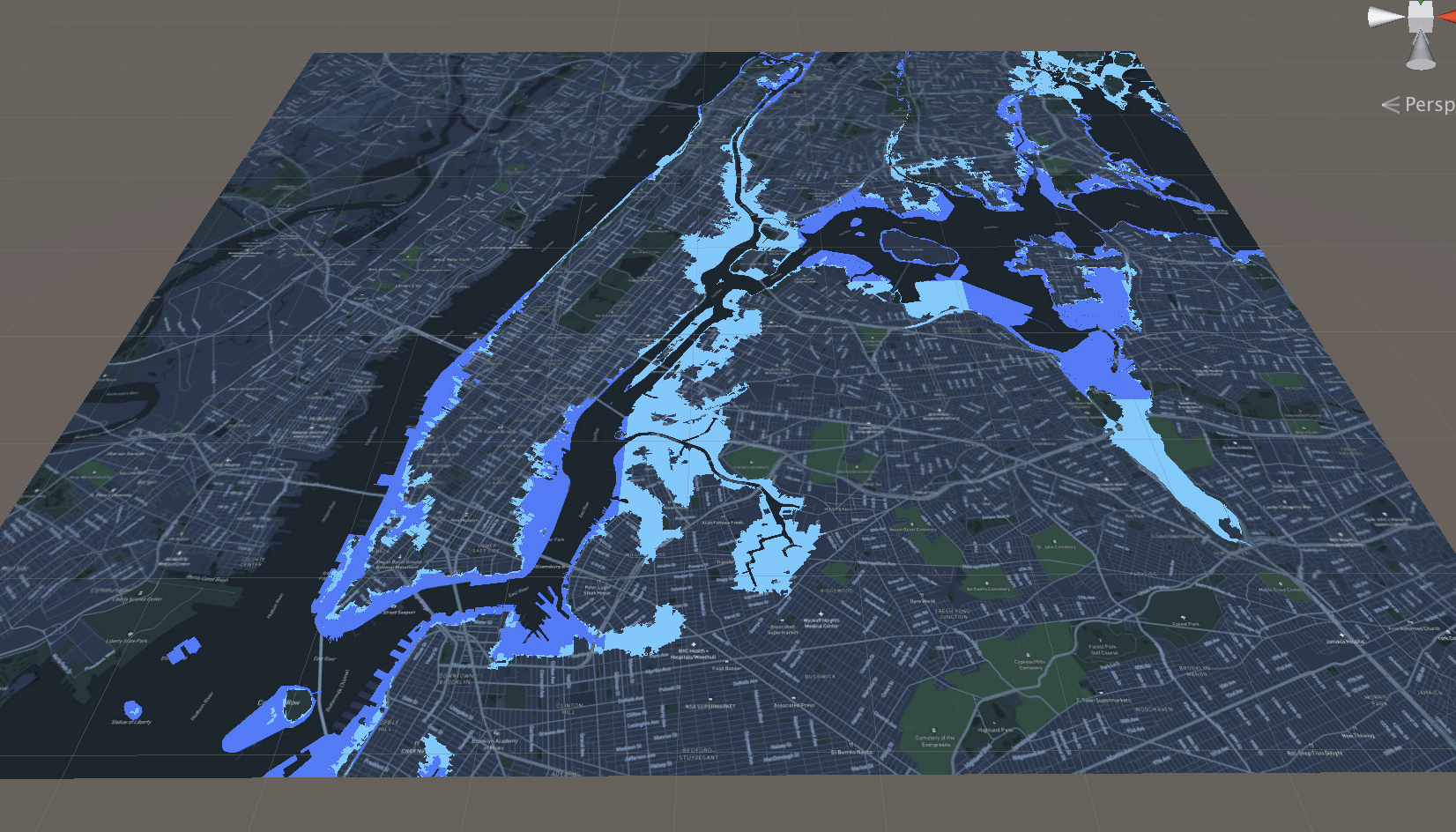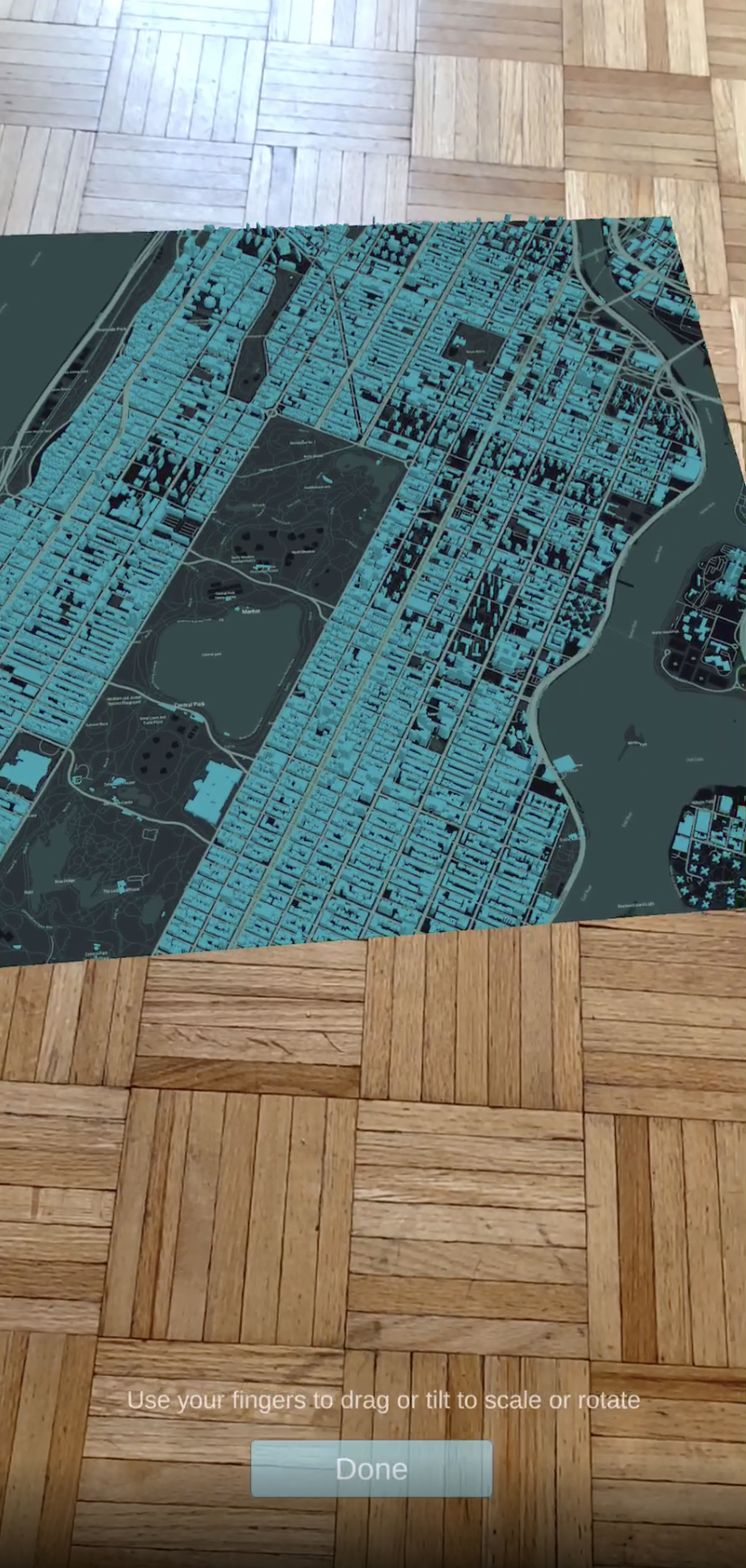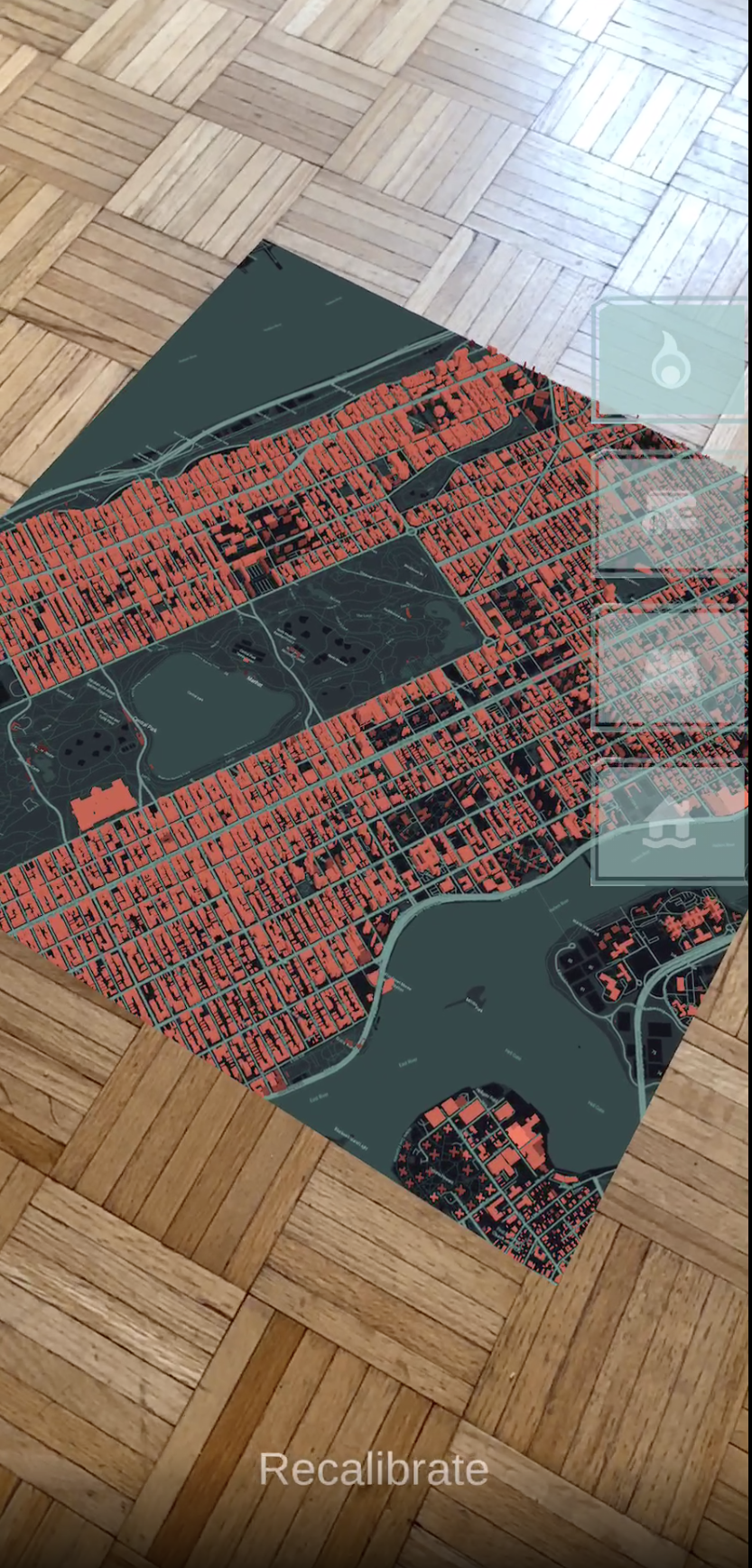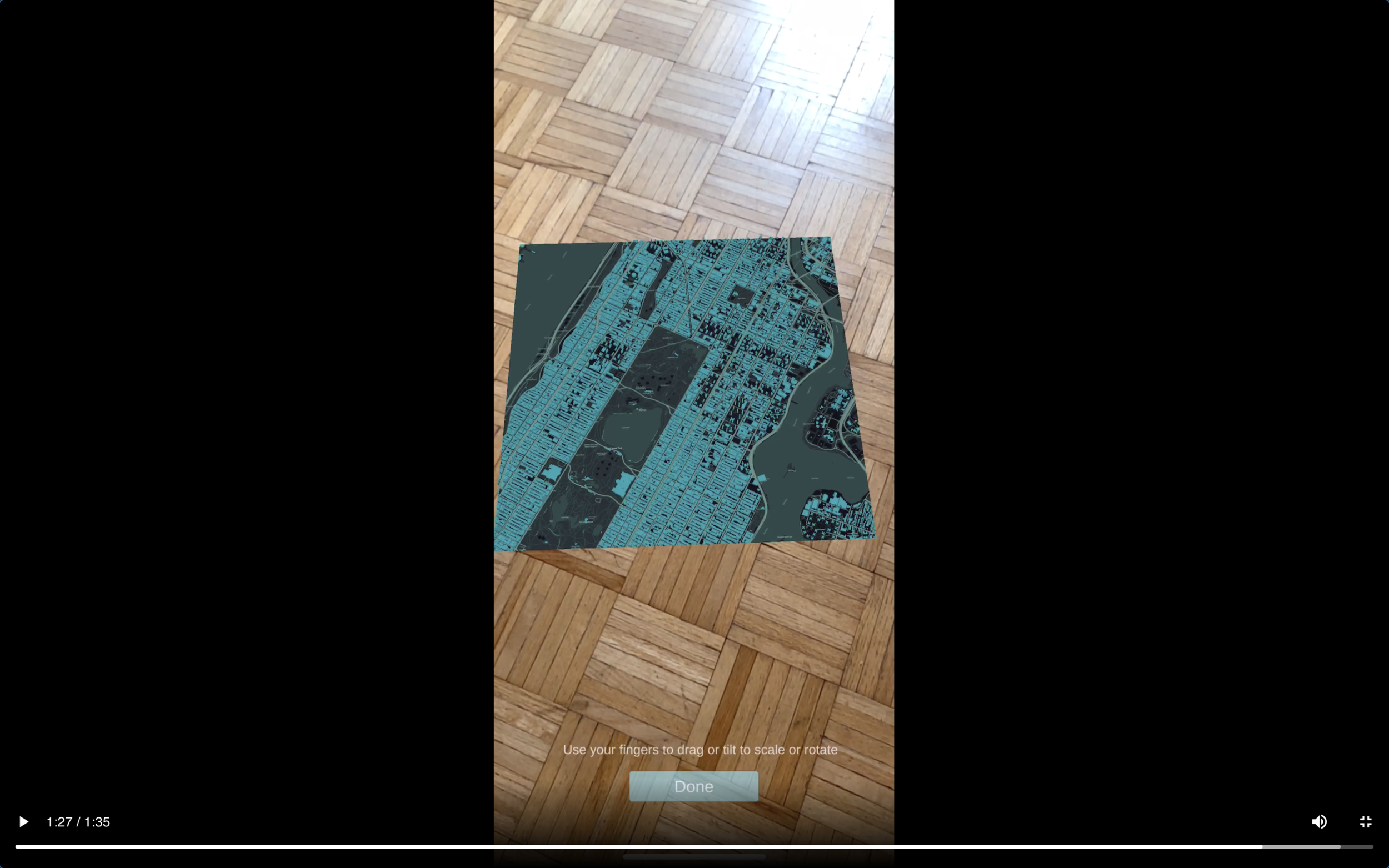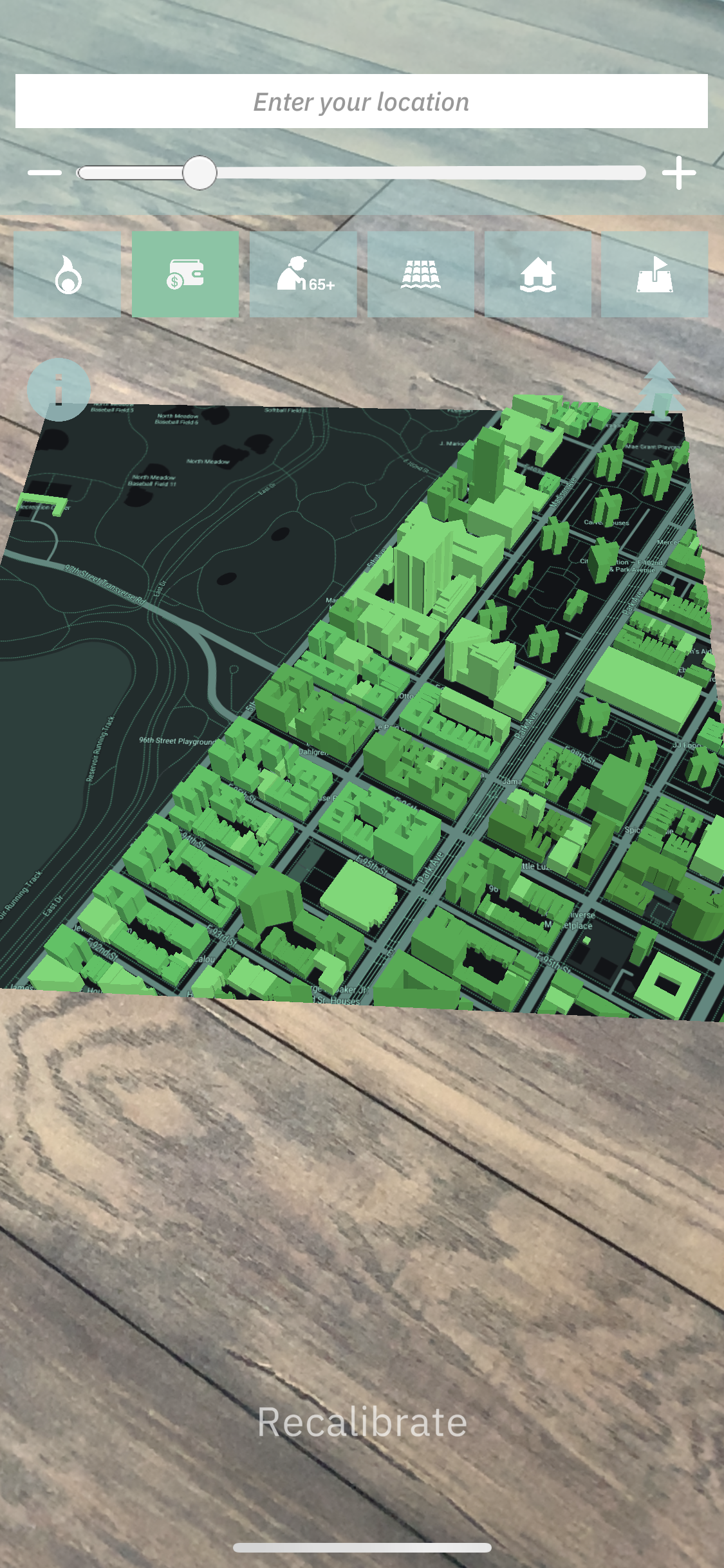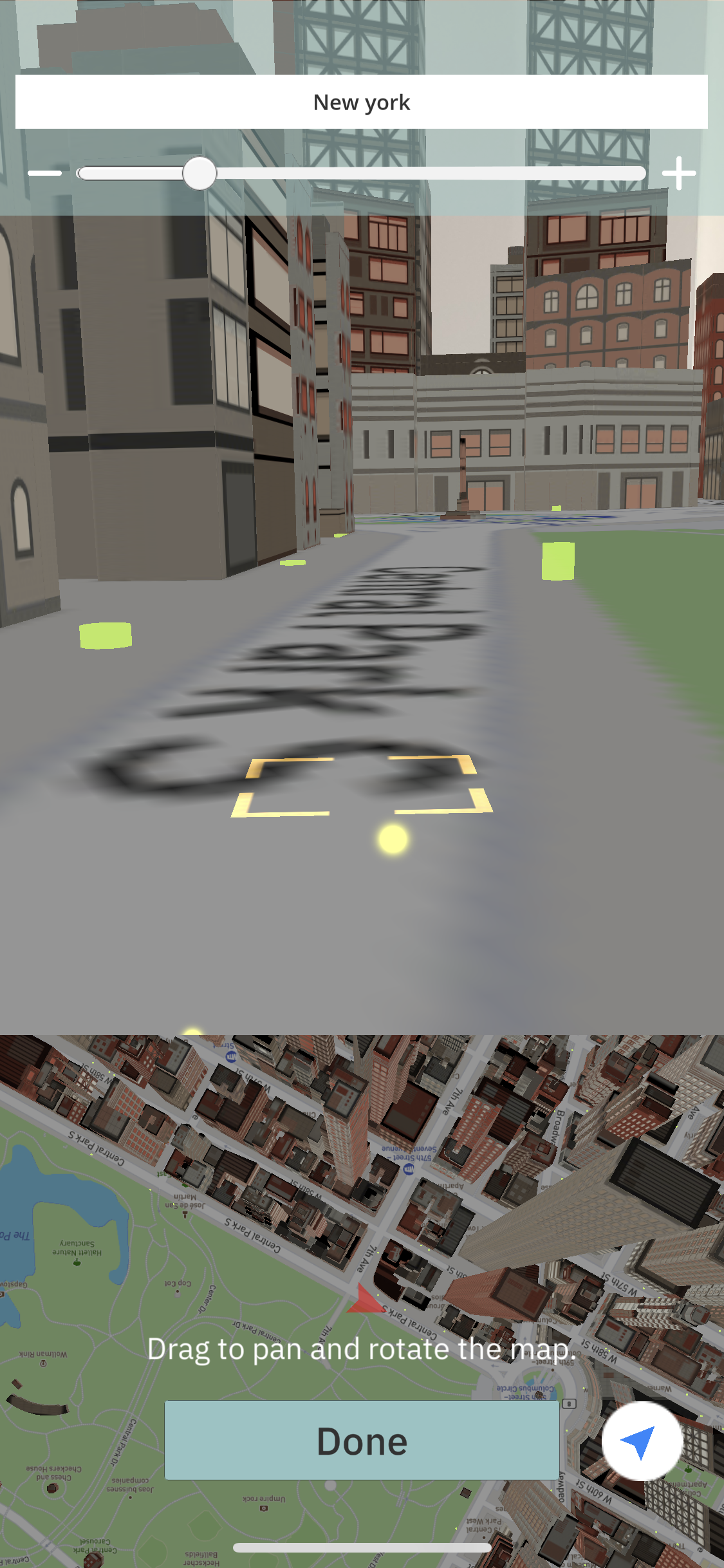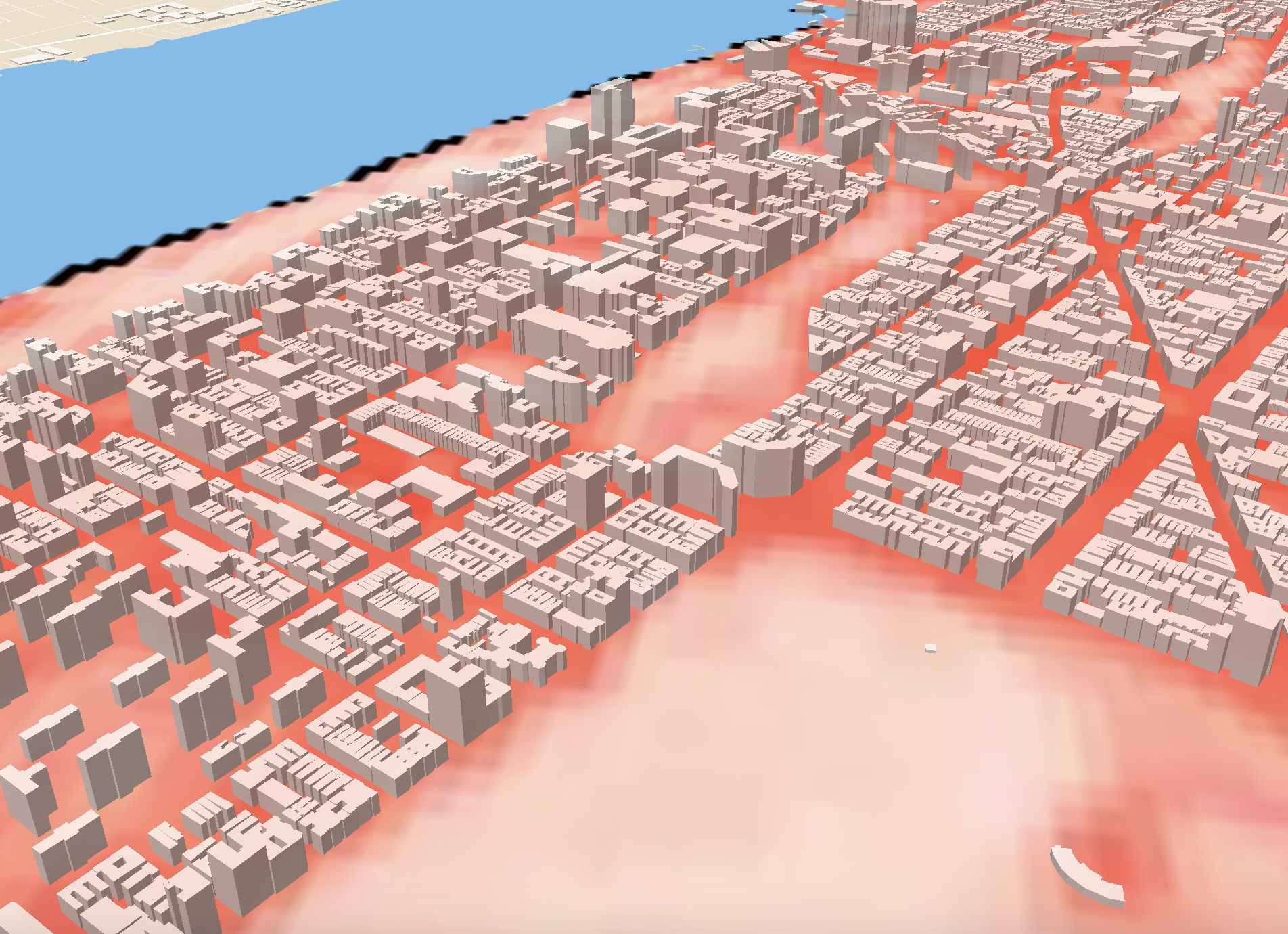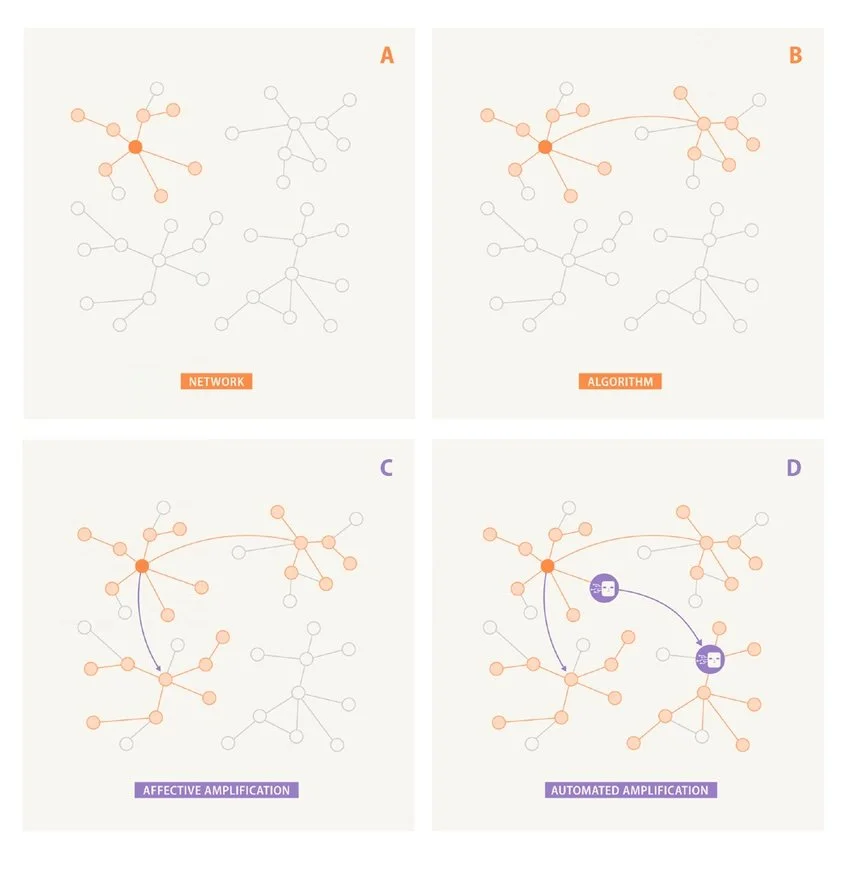Project Team: Colleagues from The New School (Drs. Timon McPhearson and Joel Towers), Columbia University, Cornell University, City University of New York, Drexel University, Lamont Doherty Earth Observatory, NASA/GISS, Natural Resources Defense Council (NRDC), Population Council, Sarah Lawrence College, Science and Resilience Institute at Jamaica Bay (SRIJB), Stevens Institute of Technology, Arcadis, and USDA Forest Service, as well as input from NYC interagency collaborators.
The Town+Gown: Climate Vulnerability, Impact, and Adaptation Analysis (VIA) project is co-led by Professors Joel Towers and Dr. Timon McPhearson at The New School to carry out a $2.5M study on future climate change and its potential impacts to inform decision-making by the City of New York and assessment reports by the NYC Panel on Climate Change and the Mayor’s Office of Climate and Environmental Justice (MOCEJ).
The team includes scientists from nine academic institutions (The New School, Columbia University, Cornell University, City University of New York, Drexel University, Lamont Doherty Earth Observatory, Sarah Lawrence College, Science and Resilience Institute at Jamaica Bay, and Stevens Institute of Technology), four governmental institutions and nonprofit organizations (Natural Resources Defense Council, Population Council, NASA/GISS, and USDA Forest Service) and from the private sector (Arcadis). Together, this team will work collaboratively to develop a comprehensive analysis of future potential climate conditions and associated socio-economic impacts in New York City. Specifically, the team will:
Develop climate projections for the NYC region, including high resolution heat risk and exposure projections, storm surge risk analysis, and coastal flood mapping,
Characterize current and future extreme heavy rainfall in New York City,
Conduct a systematic assessment of health-related economic costs from climate-sensitive events in New York City, and
Create a Coastal Flooding Vulnerability Index for New York City
Final Report: NYC Climate Vulnerability, Impact, and Adaptation Analysis (VIA)
This report assesses future climate change and its potential impacts, to inform decision-making by the City of New York. The findings draw from an 18-month study conducted by an interdisciplinary team of researchers led by Professors Joel Towers and Dr. Timon McPhearson at The New School’s Tishman Environment and Design Center and Urban Systems Lab commissioned by the NYC Mayor’s Office of Climate & Environmental Justice (MOCEJ) through a Town+Gown partnership program. Read Report
Support provided by the City of New York.




